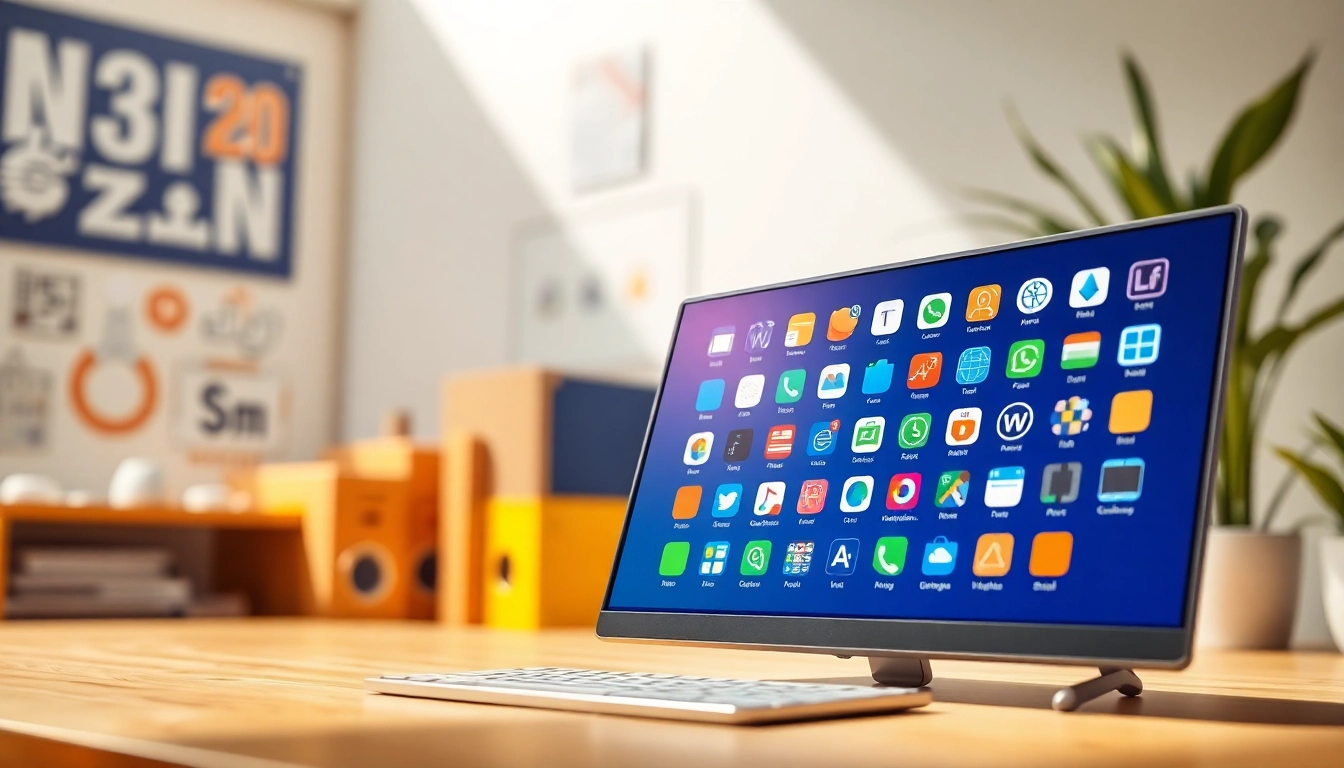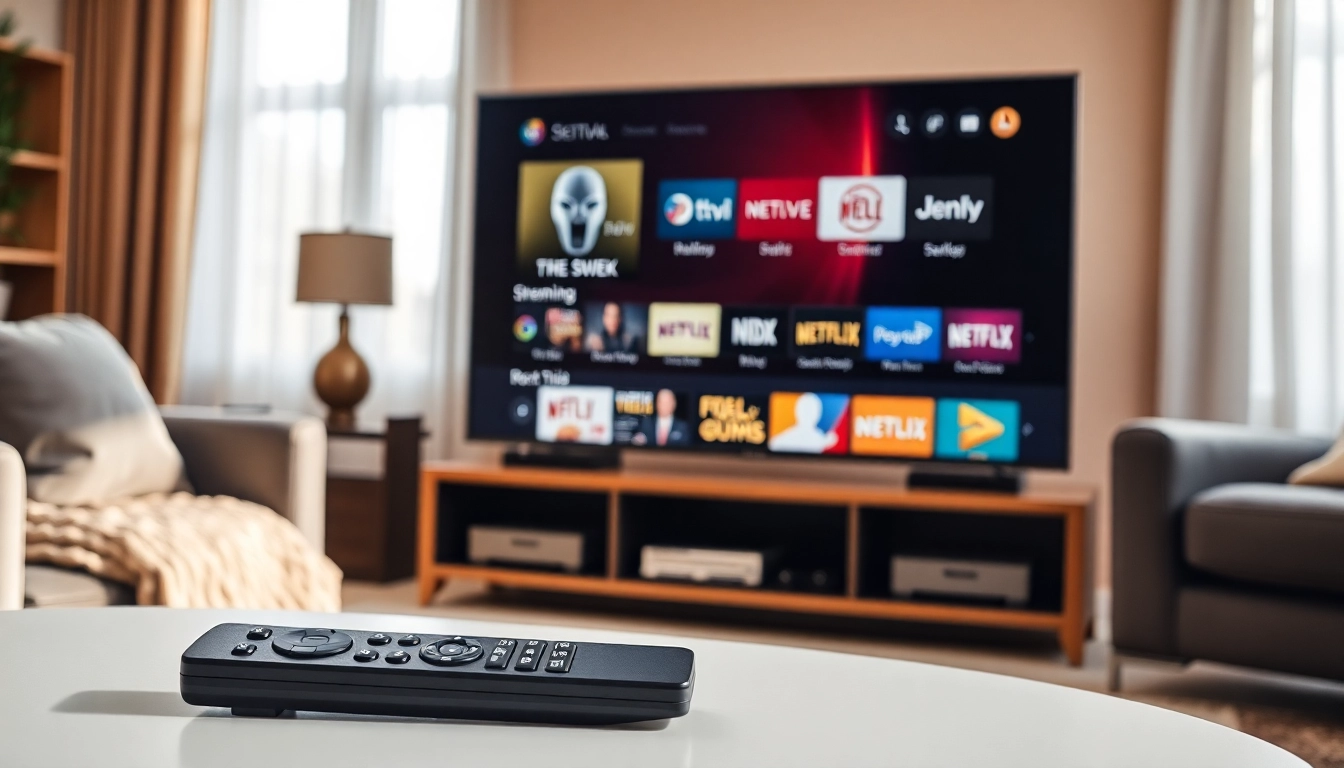Understanding Icons: Definition and Importance
Icons have transformed the way we communicate visually in the digital age. They serve as vital components in user interface design, branding, and visual storytelling. By simplifying complex ideas, icons enable users to quickly grasp concepts without the need for extensive text. As attention spans shorten, the significance of icons continues to grow, making them indispensable for designers and marketers alike.
The Role of Icons in Visual Communication
Icons act as visual shortcuts, conveying messages at a glance. Their universal appeal helps bridge language barriers, making them particularly effective in global contexts. For instance, the widely recognized magnifying glass icon signals ‘search’, while a small envelope typically indicates ‘messages’. In this way, icons enhance usability and accessibility, ensuring that users of all backgrounds can navigate and interact with digital content efficiently.
Types of Icons and Their Applications
Icons can be categorized into several types, each serving unique purposes in design and communication:
- Functional Icons: These are used to denote actions, such as buttons for ‘save’, ‘edit’, or ‘delete’. They are integral to user interfaces and software applications.
- Brand Icons: These visually represent companies or products, often encapsulated in logos. They are crucial for marketing and brand identification.
- Informational Icons: Used to convey specific information like warnings (e.g., a triangle with an exclamation mark) or instructions (e.g., a checkmark for success).
- Social Media Icons: Commonly featured on websites, these icons link to social media platforms, facilitating user engagement.
- Decorative Icons: Often used in graphic compositions, these icons add aesthetic value without necessarily conveying essential information.
Current Trends in Icon Design
Icon design continuously evolves, influenced by changing aesthetic preferences and technological advancements. Current trends include:
- Minimalism: Simplified forms with fewer details enhance clarity and focus.
- Flat Design: Emphasizes two-dimensional elements, avoiding shadows and gradients, which creates a clean and modern visual language.
- Custom Icons: Personalized icon sets that reflect brand identity are increasingly popular, ensuring consistency and uniqueness.
- Animated Icons: These enhance user engagement by adding playful elements and guiding users through interactions.
- Inclusive Icons: An emphasis on diversity and representation in iconography helps ensure that all user demographics feel acknowledged and included.
Where to Find Quality Icons
Top Online Resources for Icons
For designers and marketers seeking quality icons, various online platforms offer extensive libraries. Notable resources include:
- Flaticon: Over 18 million icons available in multiple formats such as SVG, PNG, and EPS, catering to a range of design needs.
- Icons8: A popular site offering static and animated icons with consistent quality across various categories.
- Noun Project: A vast collection of icons, with millions of options searchable by keywords and categories.
- Iconfinder: A marketplace providing a combination of free and premium icons, including illustrations and 3D designs.
- Font Awesome: Known for its extensive library of scalable icons that can be customized and integrated into web projects easily.
Comparing Free vs. Paid Icons
The decision to utilize free or paid icons depends on several factors, including quality, uniqueness, and licensing. Free icons can be enticing; however, they often come with limitations in terms of customization and may not always meet quality standards. On the other hand, paid icons typically offer better quality, broader customization options, and clear licensing that protects your project from potential legal issues.
Evaluating Quality and Licensing Factors
When selecting icons, consider the following factors to ensure quality and compliance:
- Resolution: Ensure icons are available in high resolutions for different design projects—especially for print materials.
- File Formats: Look for versatile file formats (SVG, PNG, PDF) that suit your design needs.
- Licensing: Comprehend the licensing guidelines to avoid copyright issues, particularly if your project is commercial.
- Attribution Requirements: Some free icons require attribution; be sure you’re willing and able to comply with such stipulations.
Designing Custom Icons for Your Brand
Steps to Create Unique Icons
Creating custom icons involves a systematic process:
- Define Your Purpose: Identify the specific need each icon will fulfill within your design.
- Research: Investigate competing brands and icons to find inspiration while ensuring your designs remain original.
- Sketch Your Ideas: Create initial sketches focusing on shape and form. Don’t hesitate to iterate several times.
- Digitize Your Icons: Use graphic design software to convert your sketches into digital format, ensuring precision in lines and shapes.
- Test in Context: Place your icons within actual design mockups to evaluate their effectiveness and appeal.
Tools and Software for Icon Design
Several tools can facilitate effective icon design:
- Adobe Illustrator: A leading vector graphic editor renowned for creating scalable graphics and icons.
- Sketch: A user-friendly interface design tool, ideal for creating UI elements, including icons.
- Affinity Designer: A cost-effective alternative to Adobe, offering powerful vector editing capabilities.
- Figma: A collaborative design tool that supports vector graphic design, including icon creation and integration.
- Canva: An accessible design platform with pre-loaded assets and templates for those less inclined towards graphic design.
Best Practices in Icon Creation
To ensure your custom icons are effective and appealing, adhere to the following best practices:
- Simplicity: Keep designs simple and recognizable to ensure they communicate effectively at a glance.
- Consistency: Maintain uniformity in style (line weight, colors, size) across your set to promote brand cohesiveness.
- Scalability: Ensure icons look good at any size. Vector graphics are ideal for this.
- Testing: Solicit feedback from users and peers on the clarity and functionality of your icons before finalizing them.
Icon Integration in Digital Projects
Using Icons for Enhanced User Experience
Effective icon integration can vastly improve the user experience across digital platforms:
- Guiding Actions: Use icons to guide users towards actions (e.g., a shopping cart icon to signify ‘add to cart’).
- Reducing Cognitive Load: Simplified interfaces with icons reduce the amount of cognitive effort required from users.
- Improving Accessibility: Icons can support users with processing disorders by presenting information visually.
Best Places to Use Icons on Websites and Apps
Strategically positioning icons enhances site usability. Key areas to consider include:
- Navigation Menus: Enhance user navigation with icons that correspond to categories or sections.
- Call-to-Action Buttons: Pair relevant icons (like arrows) with CTA buttons to draw attention.
- Forms: Use icons to label form fields (e.g., a phone icon for phone number fields).
- Headers and Footers: Integrating icons can add visual interest and enhance branding.
Optimizing Icons for Performance and Speed
To ensure your icons contribute positively to site performance:
- File Compression: Use tools to compress image sizes without losing quality, which helps improve loading times.
- Use SVG Format: Scalable Vector Graphics (SVG) ensure icons remain crisp on any screen size while reducing file size.
- Limit Requests: Consolidate icons into a sprite sheet to minimize server requests during page loading.
Measuring the Impact of Icons
Key Metrics for Evaluating Icon Effectiveness
To determine the effectiveness of icons within your projects, consider monitoring the following metrics:
- User Engagement: Track interactions with icons to understand their effectiveness in guiding user behavior.
- Conversion Rates: Analyze how icons influence conversion rates, especially on key CTAs.
- User Feedback: Collect qualitative feedback from users regarding icon clarity and usability.
- Accessibility Scores: Measure how well icons contribute to overall site accessibility via specialized tools.
Case Studies on Effective Icon Usage
Several brands have successfully leveraged icons to bolster their digital presence:
- Airbnb: This platform effectively uses icons to enhance navigation and reinforce brand elements, leading to a seamless user experience.
- Spotify: Their use of simplistic yet recognizable icons allows users to navigate music categories intuitively while building brand recognition.
- Dropbox: Icons in their onboarding process guide new users through core functionalities, improving comprehension and fostering engagement.
Future Trends in Iconography and Design
The future of icon design is poised for more innovation, driven by technology and user demands. Key anticipated trends include:
- AI-Driven Designs: Machine learning could provide insights on icon effectiveness based on user behavior, leading to more optimized designs.
- Augmented Reality Icons: As AR technology evolves, icons will likely play a critical role in interactive user experiences.
- Sustainability in Design: An increasing focus on eco-friendly design may shape how icons are created and utilized, promoting minimalism and efficiency.



